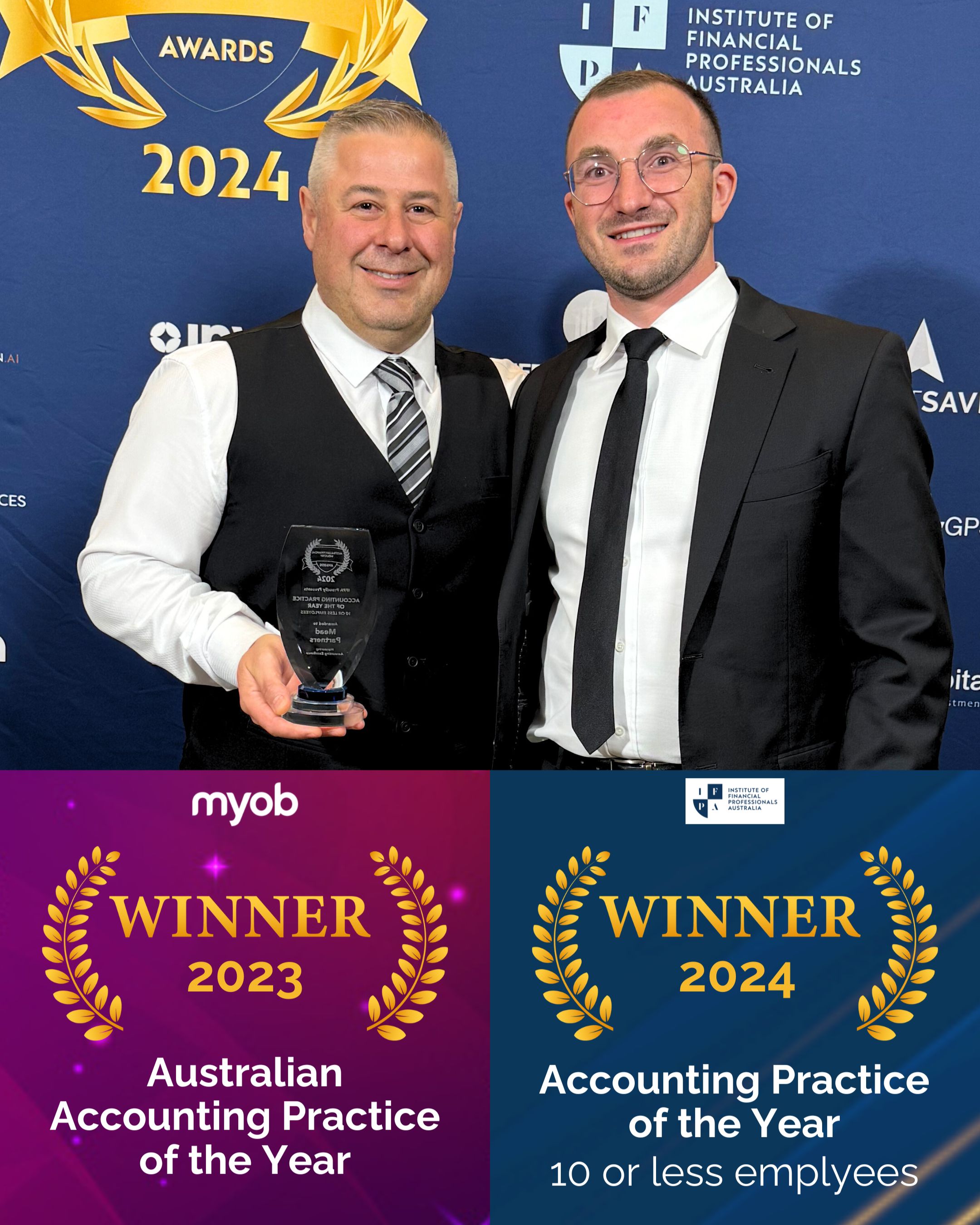
Book a Free Consultation!
✅Builders CFO Program
✅Business Improvement Program
✅Taxation Advice


Marketing: A big business expense or business growth driver?
For many business owners, marketing is a large line item that drains money. It’s a big business, with $1.87 trillion to be spent globally on marketing in 2025.
But marketing is more than just promotions, marketing emails and Google advertising. With the rise of AI and automation, many businesses are investing in marketing automation, AI personalisation, and customer enhancement programs. In fact, 43% of marketing investments in the last year were for automation software.
As with any business investment, the key to leveraging marketing for business is more about strategy than activity. To help you plan for the year ahead, our business advisors share tips to effectively use marketing for financial success.
Is marketing an effective use of your budget?
Without planning and strategic alignment, money spent on marketing can feel like it’s going into a black hole with no return. However, marketing can be a powerful revenue generation and business growth tool.
Boosting sales and market share
By strategically driving awareness, marketing can help you attract, retain and convert customers. Working alongside your sales activities, it can increase your conversion rate and nurture customers on your buying journey.
Identify new revenue streams
As business advisors, we see this time and time again during business reviews: a large majority of customers only purchase one product or service. Whether these are once off clients or long-term clients, this presents a great opportunity to add more value and provide additional services. In turn, this also increases their loyalty and builds longer lasting relationships.
Create competitive advantage
By using consumer behaviour and financial insights, you can pivot quickly to meet new demands and adapt to the market faster. Marketing can help you better understand where you sit against competitors, helping you define your unique selling proposition (what makes you different from competitors) and identify key areas of opportunity.
Reach new markets and potential customers
Looking to expand into a new market, customer base or country? Marketing can help you expand your brand reach – how strong your brand is known – in these areas. Leveraging key market and customer insights, marketing can help you target these groups effectively.
Accelerate business growth
While marketing is an expense, it can be a key tool to support your business growth activities — fueling every part of the customer journey, from initial brand awareness to conversion and advocacy. By identifying key sales roadblocks, you can strategically invest in marketing activities and tools to streamline revenue generation.
Steps to ensure your marketing is driving business growth
As with any business activity, marketing is more effective as a proactive and strategic plan. Here are four ways to turn your marketing from a revenue spender to a business growth booster.
Strategically align marketing to your business goals
Before you allocate any of your marketing budget, it’s important to link your marketing efforts to your business goals. This ensures any marketing spend generates return on investment and supports your wider business outcomes.
Your strategic business plan can help you define what marketing you need.
| Business goal | How this could shape your marketing |
| Increase my customer base. | Create marketing campaigns to target markets you want to grow, or invest in marketing automations to nurture customers on their buying journey. |
| Increase company revenue and profitability. | Leverage marketing to identify customers you can upsell other services to, reengage with past customers, or use marketing to support your sales force convert faster. |
| Improve customer retention and customer satisfaction. | Introduce customer onboarding campaigns, create a loyalty program, and build ongoing relationships with customers. |
Set marketing goals and objectives
As with business goal setting, marketing needs clearly defined goals and objectives. Marketing goals should be:
- SMART: Specific, measurable, achievable, realistic and timed
- Documented and broken down into actions (your marketing plan)
- Leveraging financial, industry and competitor insights
- Linked to your strategy business plan
- Shared with your wider business
- Reviewed, tracked and refined
Regular reviews and tracking progress can help you identify key risks, roadblocks, and refine marketing efforts to ensure your goal is met. Sharing your marketing goals and demonstrating how it supports wider business strategy also increase wider team engagement.
Define marketing targets and required return on investment (ROI)
How will you define marketing success? Will it be customer base growth, the number of leads or new customers, a revenue target, or will it be an increase in your brand loyalty?
All these outcomes will impact how you approach your marketing and reporting you need to put in place. It also creates clear targets for you to work towards and measure overall success. In turn, helping you understand if it was a good return on investment and a marketing activity to repeat in the future.
Importantly, you need to track the return on investment for each marketing initiative. By monitoring metrics such as cost per lead, conversion rates, and overall sales growth, businesses can assess the effectiveness of their marketing strategies and make informed decisions about where to allocate resources.
Set your marketing budget
According to a recent report, a $5 million company could spend up to $385,000 annually on marketing — and that could be to simply keep revenue stable. For growing business or to expand into a new market, this could increase to as high as 25% of your revenue.
However, for a small business this isn’t possible. Here, our business advisors recommend budgeting between 5-10% of your revenue on strategic marketing activities. Doing this could have several benefits. For builders, it is a recommended budget of 2-3% of contract revenue excluding GST. This investment can be directed toward paid advertising, content creation, and other marketing efforts that drive demand.
Making the most of your budget
Your marketing budget may also impact your required return on investment, targets and what activities you include. For example as a builder, you might want to increase the number of residential customers in south-east Melbourne.
On a low budget, focus on local SEO by optimising your Google Business Profile and creating suburb-specific pages on your website. Other ideas include:
- Branded signage on job sites with a QR code to your website
- Asking happy clients for reviews
- Running a low-cost, geo-targeted Facebook ad
- Conducting a simple “We’re building in your area” flyer drop in neighbourhoods with current building projects underway
- Inviting locals to a finished home before handover (with the owner’s permission)
If you have a higher marketing budget, you could:
- Invest in professional video walkthroughs
- Create a more robust Facebook and Google Ads campaign
- Develop downloadable guides or lead magnets to capture enquiries
- Sponsor local community events
- Collaborate with real estate agents and mortgage brokers
- Offer referral incentives to expand your reach and reputation quickly.
Whether you’re spending a little or a lot, consistency is key.
Working alongside your business advisor, you can track progress and put proactive measures in place to maximise your return on marketing investment.
Getting started
With the key to effective marketing strategic alignment, the first step on your marketing journey is defining your business goals. Not sure how? Our business advisory services can provide you with insights to strategise, plan and build your business for the next financial year.
Book 1:1 time with our team to work through your business goals for the next financial year. Together we can define the next steps for your business and ensure your marketing efforts support your strategic direction.

Send To Someone